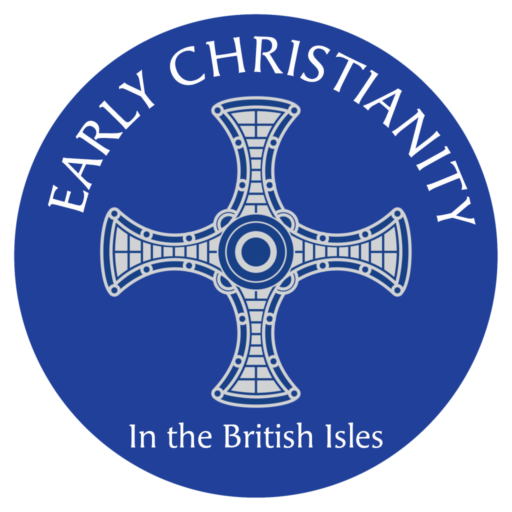Oxford

Oxford’s Christian history during the Anglo-Saxon and Catholic periods is rich and transformative, deeply shaping the city’s identity and its role in English and Christian history.
Anglo-Saxon Period (circa 600–1066)
During the Anglo-Saxon period, Oxford emerged as an important center of Christian activity and education. The Christianization of Oxford began in earnest in the early 7th century. In 636, Oxford was established as a Christian settlement when a small church was built, marking the start of a period of religious and intellectual growth. By the 8th century, the city had become a significant ecclesiastical center, with monasteries playing a crucial role in its development. These monastic institutions were centers of learning, culture, and religious life.
One of the most notable figures in Oxford’s early Christian history was Saint Frideswide, a local saint who became the patron saint of Oxford. According to tradition, she founded a religious community in the early 8th century, which later developed into a convent. The abbey she founded, dedicated to Saint Mary, became a significant spiritual center. Frideswide’s shrine was a major pilgrimage site, attracting pilgrims from across England and contributing to Oxford’s growing reputation as a spiritual hub.
By the late 10th century, Oxford’s prominence in ecclesiastical matters continued to rise. The city’s importance was reflected in its religious institutions, which were involved in the broader political and cultural changes occurring in Anglo-Saxon England. The influence of the Church extended into various aspects of life, including education and governance.
Catholic Period (1066–1536)
The Norman Conquest of 1066 marked a new chapter in Oxford’s Christian history. Under Norman rule, the city’s ecclesiastical landscape evolved, with significant developments in church architecture and organization. Oxford Cathedral, originally a small church, was expanded and became a prominent feature of the city’s religious life.
The 12th century was a period of remarkable growth for Oxford, especially in the context of education. The University of Oxford, which traces its origins to this period, emerged as a leading institution of learning. The University’s development was closely tied to its religious context. Early scholars and students were often clerics or students preparing for clerical life, and the curriculum was deeply influenced by Church doctrine.
During the Catholic period, Oxford became a center for theological study and debate. The University’s colleges were founded, and many of these institutions had strong ties to the Church. Notable figures such as Robert Grosseteste and Roger Bacon, who were influential in developing the intellectual traditions of the University, were deeply rooted in the Christian scholarly tradition.
The Reformation of the 16th century brought profound changes to Oxford. As England transitioned from Catholicism to Protestantism under Henry VIII, the University and its colleges faced significant upheaval. The dissolution of the monasteries in 1536 led to the suppression of monastic institutions in Oxford. The city’s religious life was transformed as the Catholic structures were dismantled and replaced with Protestant institutions.
Despite these changes, Oxford retained its status as a significant center of learning and continued to play a crucial role in English religious and intellectual life. The University’s adaptation to the Protestant Reformation reflected its resilience and the enduring significance of its Christian heritage.
In summary, the Christian history of Oxford from the Anglo-Saxon to the Catholic periods is marked by a deep intertwining of faith, education, and cultural development. From its early establishment as a Christian center under the influence of Saint Frideswide to its pivotal role in the development of the University of Oxford and its adaptation through the Reformation, the city’s Christian legacy remains a cornerstone of its historical identity.
